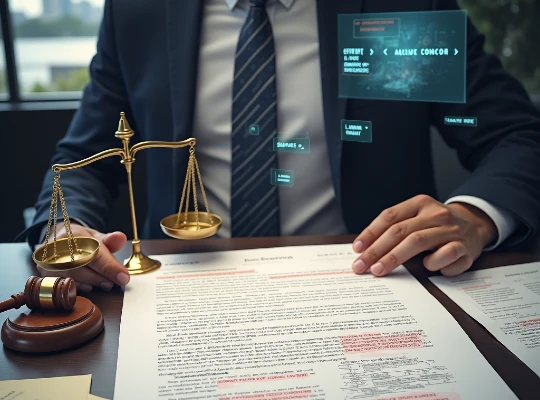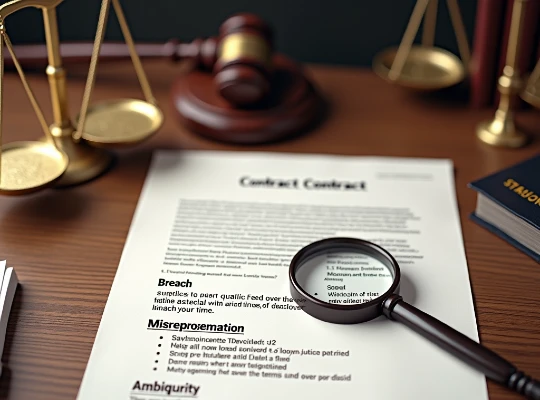Contractual Conflict Resolution
1. Review the Contract Meticulously
Examine the contract carefully to identify the disputed clauses. Look for any ambiguous language that might be open to multiple interpretations, and record each party's responsibilities.
2. Compile Evidence
Gather all pertinent documents that support your interpretation of the contract, such as invoices, emails, letters, and witness statements from discussions or negotiations.
3. Open Negotiations and Communication
Initiate a discussion with the other party by clearly and calmly explaining your perspective. A willingness to listen and compromise can often resolve misunderstandings before they escalate. For guidance on reaching a mutually acceptable settlement, consider our settlement agreements services.
4. Consider Alternative Dispute Resolution (ADR)
If direct negotiation does not yield a solution, methods such as mediation or arbitration may provide a faster and more cost-effective resolution than formal litigation. These ADR methods allow a neutral third party to assist both sides in arriving at a compromise they can all accept.
5. Litigation: The Last Resort
If all other options have been exhausted, litigation may become necessary. However, legal proceedings can be lengthy, expensive, and may permanently strain business relationships. Working closely with your legal team is essential to ensure that every piece of evidence is well documented and that your legal rights are fully understood. For comprehensive support during litigation, explore our civil litigation services.






